Engaging in lots of playful talk and interaction is the best way to help young toddlers learn language, spark their curiosity, and set the stage for later success in school. As author Betty Bardige notes, “when children begin to talk is far less important than the richness of their communicative experience and word-learning opportunities.”
Today’s post—excerpted and adapted from Talk to Me, Baby! by Betty Bardige—gives you 16 simple tips for infusing day-to-day toddler interactions with rich communicative opportunities. Whether you’re an early childhood professional or a caregiver, you can use these ideas to build young children’s communication skills and strengthen your bond at the same time.
Respect the toddler’s wariness of strangers and her need to be in control.  If you don’t know the toddler well or haven’t seen her for a while, approach her slowly, looking just past her rather than directly at her. Give her a chance to reach out or follow you. Watch her face as you offer a greeting, and back off a bit if she seems wary. Put a toy on the floor between you. If she takes it, you can comment on what she is doing. If not, show her what you can do with it. Talk about what you are doing, then offer her the toy again.
If you don’t know the toddler well or haven’t seen her for a while, approach her slowly, looking just past her rather than directly at her. Give her a chance to reach out or follow you. Watch her face as you offer a greeting, and back off a bit if she seems wary. Put a toy on the floor between you. If she takes it, you can comment on what she is doing. If not, show her what you can do with it. Talk about what you are doing, then offer her the toy again.
Talk to the toddler on his level. Squat down or sit beside him. Comment on what the child is doing or seeing. Offer him an intriguing object, or join his play by playing along, providing appropriate words or sound effects. Make eye contact with him as you ask a question or make a suggestion.
Squat down or sit beside him. Comment on what the child is doing or seeing. Offer him an intriguing object, or join his play by playing along, providing appropriate words or sound effects. Make eye contact with him as you ask a question or make a suggestion.
Respond empathically to the toddler’s emotional tenor. If he’s excited by a game of rolling and catching a ball, play your part with exaggerated excitement. Your exuberant “You caught the ball!” is likely to be greeted with an equally exuberant laugh, babble, or attempt at speech. On the other hand, if a toddler is upset, fussy, or just quietly reflective, a gentle, soothing voice is more likely to engage his attention and less likely to provoke a negative reaction.
 Provide a play-by-play description of the toddler’s activity and perceptions. Comment throughout the day, just as a sportscaster might comment on a player’s actions. When the toddler looks at you with interest or chimes in with words or babbles, stop your narrative and give them a turn to talk.
Provide a play-by-play description of the toddler’s activity and perceptions. Comment throughout the day, just as a sportscaster might comment on a player’s actions. When the toddler looks at you with interest or chimes in with words or babbles, stop your narrative and give them a turn to talk.
Engage in self-talk. Narrate your own intentions, actions, thoughts, and feelings for the toddler. Pause frequently to ask for the child’s input and give her a chance to respond.
Use language to help toddlers interpret their world. When you see a puzzled or fearful expression, find a simple way to explain what is going on or what is going to happen.  When the doorbell rings, explain that someone is at the door and wants to come in. Show the toddler the bell and let them help you push it. When you pull the plug on the sink, explain that the water is going down through the pipe, all the way down to the ground.
When the doorbell rings, explain that someone is at the door and wants to come in. Show the toddler the bell and let them help you push it. When you pull the plug on the sink, explain that the water is going down through the pipe, all the way down to the ground.
Talk about a recent event that was special for the toddler. Use props or pictures to help him remember the details of the event.
Use language to reassure the toddler and to prepare her for transitions.
Say things like “I can’t pick you up right now, but I can watch you go down the slide.” “It’s almost lunch time. One more slide, and then we’ll go inside.”
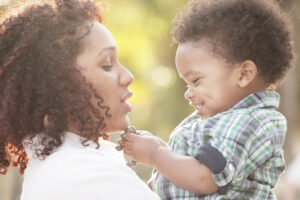 Respond to the toddler’s efforts to keep the conversation going. Whether they use babble-talk, gibberish, sound effects, gestures, signs, or words, give them the words for what they seem to be trying to say, and pause so they can repeat the word more clearly.
Respond to the toddler’s efforts to keep the conversation going. Whether they use babble-talk, gibberish, sound effects, gestures, signs, or words, give them the words for what they seem to be trying to say, and pause so they can repeat the word more clearly.
Take breaks and breathers. During conversations, most young toddlers need simple, short sentences and plenty of time to take in the information and formulate a response.
Sing favorite songs frequently, and encourage the toddler to join in. Listen for the point when gibberish turns into words. Pause before a key word in a song or rhyme to give the toddler a chance to fill it in all by herself.
 Respond to anything that sounds like a word and is used with communicative intent. For example, when a child who hears a plane overhead points to the sky and says, “Ane,” you might answer, “I see the plane. The plane is high up in the sky.”
Respond to anything that sounds like a word and is used with communicative intent. For example, when a child who hears a plane overhead points to the sky and says, “Ane,” you might answer, “I see the plane. The plane is high up in the sky.”
Use words to help the toddler name and manage strong emotions. “That was a loud noise. It made you scared.” “You’re angry because Sam took your toy.”
Accompany language with gestures that the toddler can copy. Clap hooray, nod yes, shake your head no, or wave bye-bye.
Provide the toddler with many opportunities to practice using words. 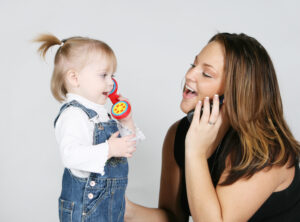 Read his favorite books over and over so that he can practice naming the pictures. Find a magazine or catalog with pictures of similar items that he can name with the words he knows.
Read his favorite books over and over so that he can practice naming the pictures. Find a magazine or catalog with pictures of similar items that he can name with the words he knows.
Repeat the toddler’s communication in words. If you are unsure, ask for confirmation, giving them a chance to repeat the word or gesture or to correct your interpretation. Talk in complete but simple sentences.
Use these tips to enrich your conversations with the toddlers in your life—and expand the early language skills they’ll need to make friends and succeed in school. And pick up the book behind today’s post for a down-to-earth guide to engaging with kids in ways that directly support their language skills and overall development.
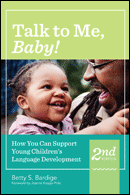
Talk to Me, Baby!
How You Can Support Young Children’s Language Development, Second Edition
By Betty S. Bardige, Ed.D.
Developed by celebrated early education expert Betty Bardige, this warm and wise book takes you on a fascinating tour through six stages in a child’s language development—starting with baby babbles and ending with kindergarten literacy skills. You’ll also get an invaluable toolbox of downloadable resources that help you put the strategies into practice. A must-have for all early childhood professionals and parents!
Stay up to date on the latest posts, news, strategies, and more!
Sign up for one of our FREE newslettersMore posts like this
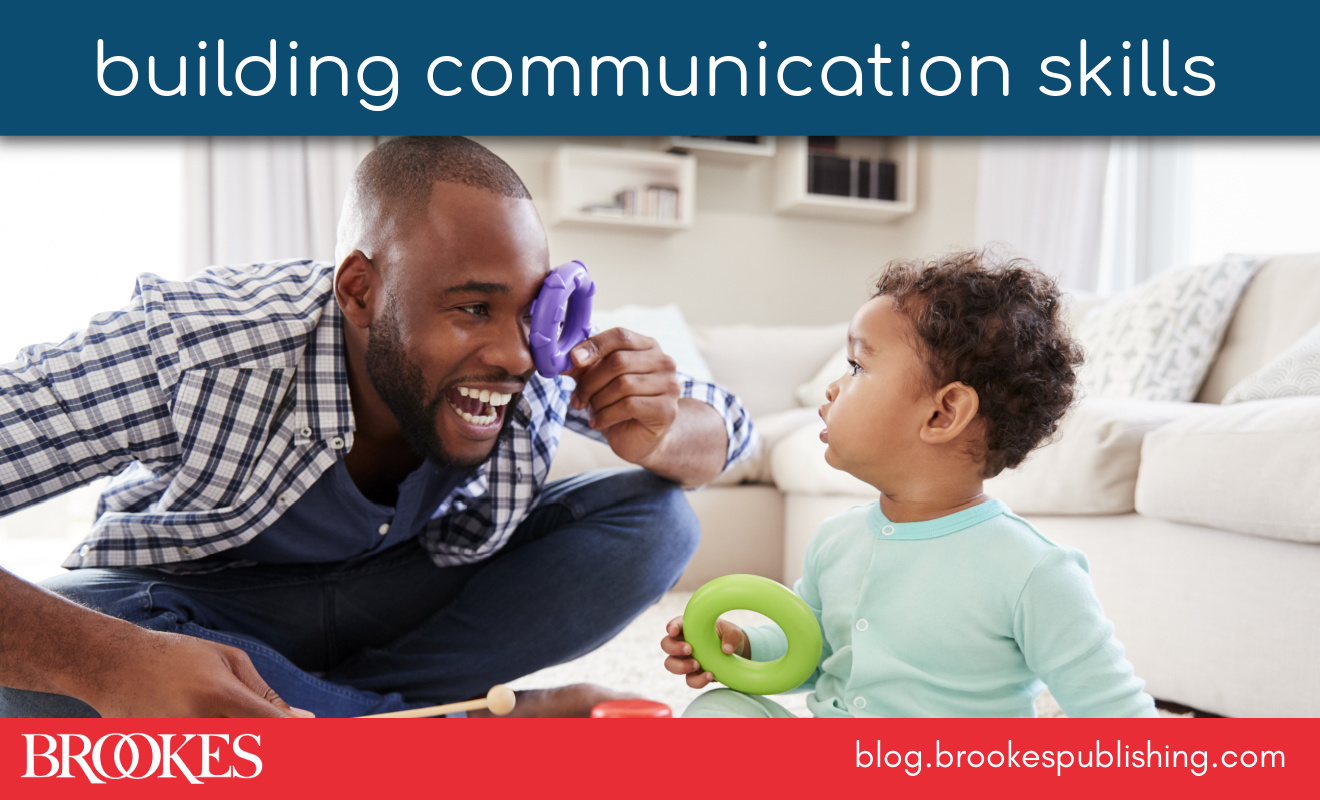
14 Tips for Nurturing Young Children’s Communication & Language Skills
December 9, 2021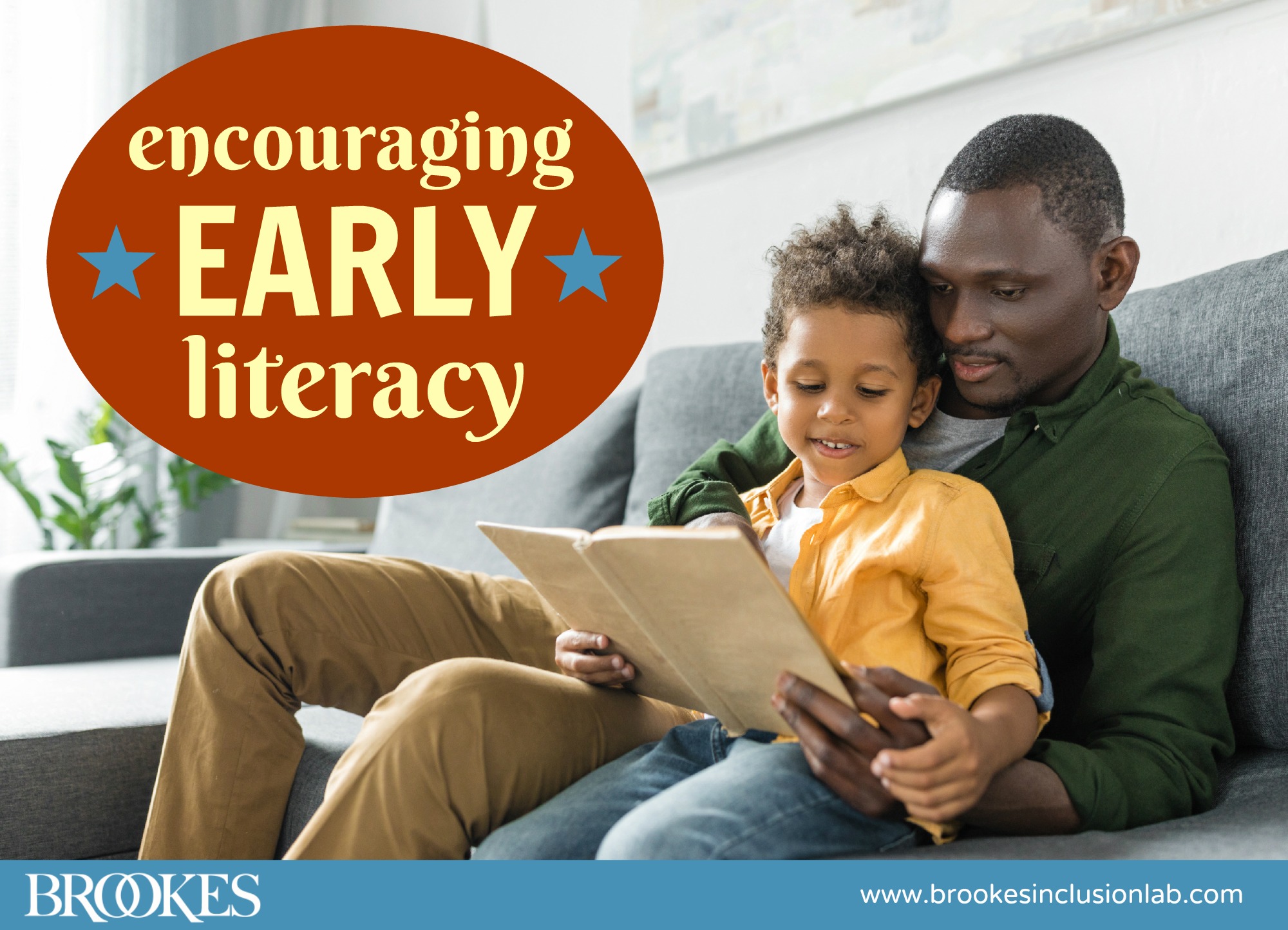
12 Ways Parents and Teachers Can Encourage Early Literacy and Language Skills
April 28, 2020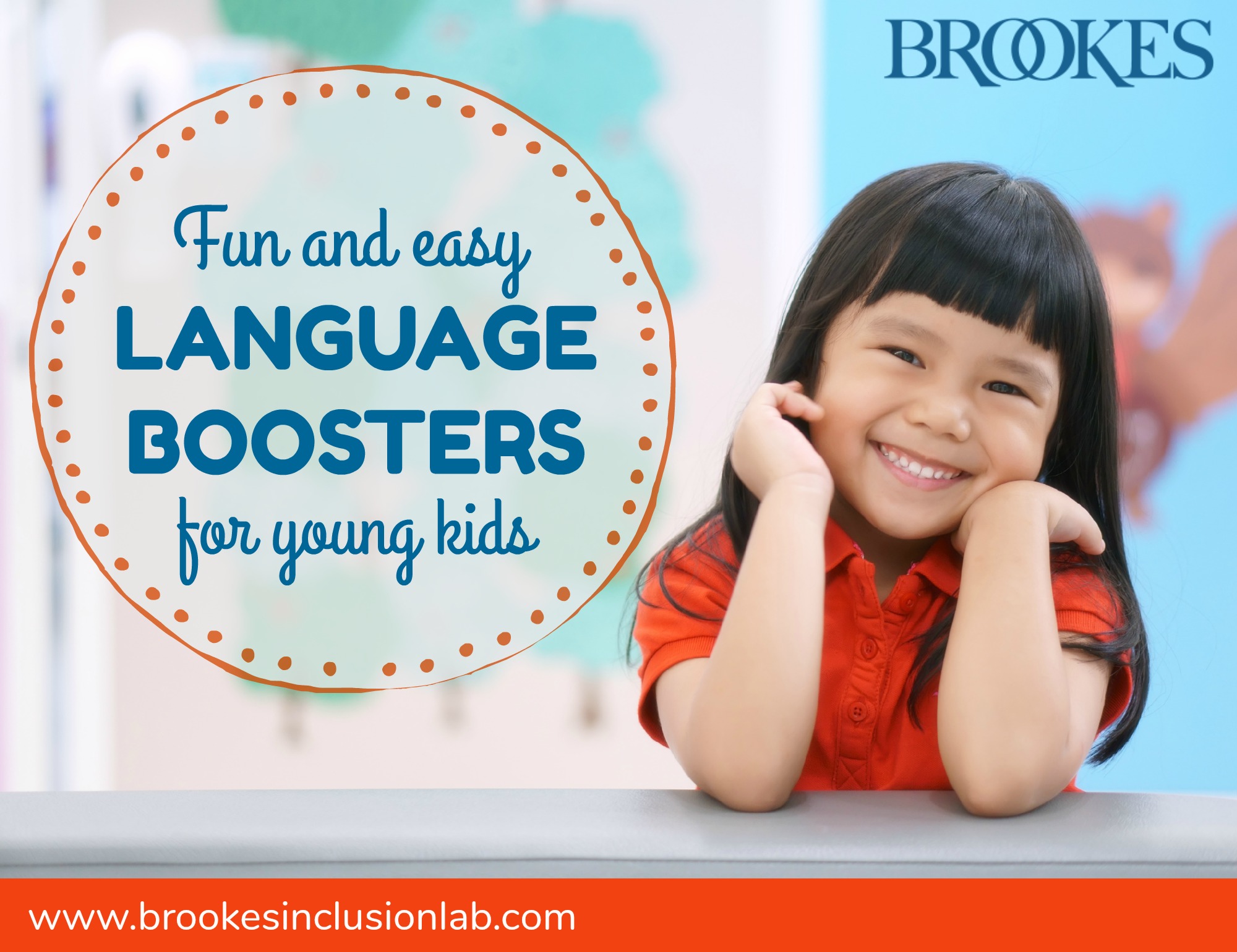

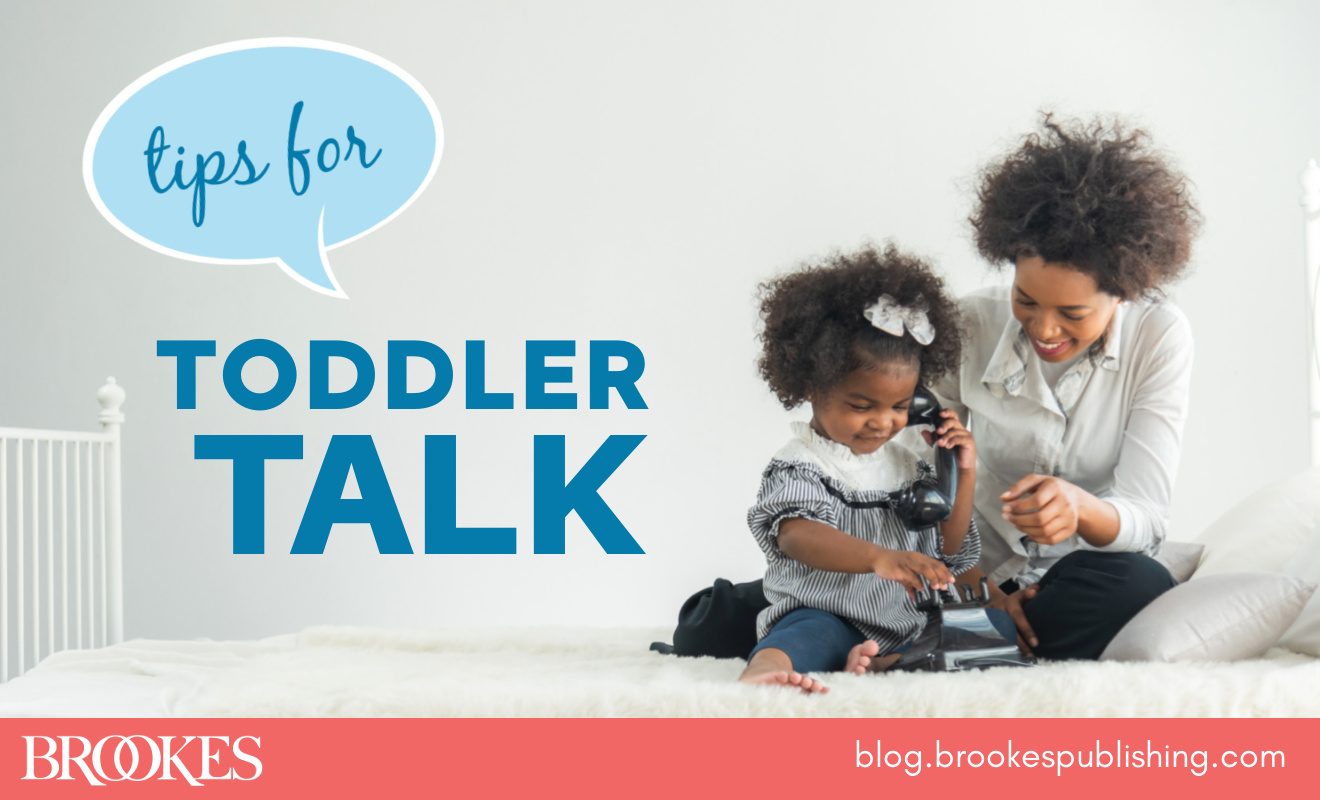
Write a Comment
Your email address will not be published. Required fields are marked *
Post a Comment